Tamiya was the first company to make radio-controlled models that were easy to assemble but a world away from being simplistic. For countless thousands it ignited an enduring love of cars and machines and sparked a worldwide cult following.
Since the 1960s, Tamiya has made its name through the quality of its static plastic and radio control (R/C) scale kits and, most of all, the ingenuity that goes into their design and the detail in them. The R/C cars and buggies that so many grew up with have intricate chassis and drivelines, with wishbone suspension, dampers, differentials and interchangeable gear ratios (a bit) like the real thing. Driving takes real skill: there’s nothing quite like flinging an R/C buggy around a tight course to sharpen up the reflexes.
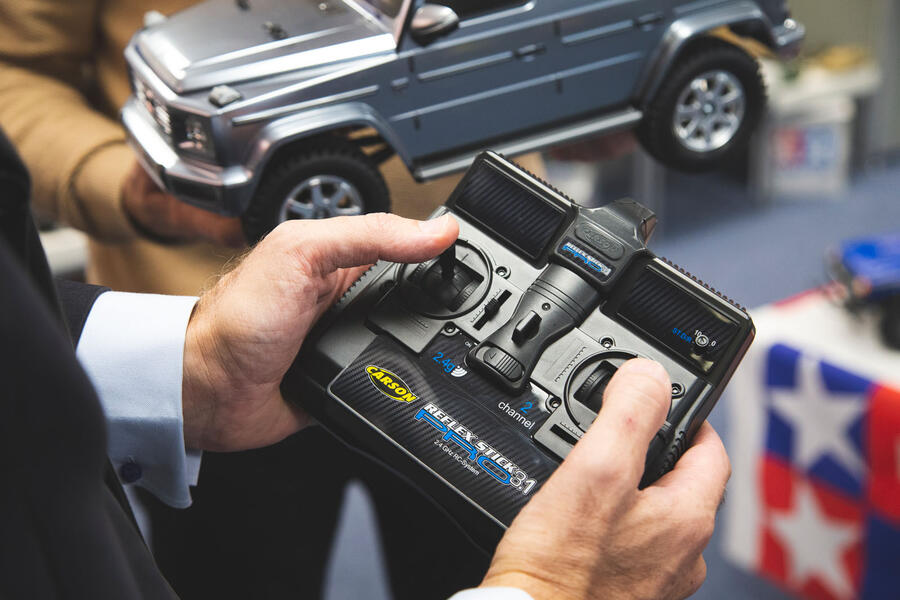
Two of the latest Tamiya R/C releases are the Mercedes-Benz G500 and the Toyota Supra. The G500 is based on a new CC-02 chassis – the ‘CC’ stands for ‘cross-country’ – with a ladder chassis construction rather than a simple tub, and the complex suspension and driveline gives the same kind of axle articulation as the full-blown Merc. That makes it ideal for rock-crawling competitions, as does the choice of 20 gear ratios for the single-speed gearbox.
Read more: Road-legal Tamiya Wild One buggy - full details
The Supra is based on Tamiya’s road-going TT02 chassis and was launched at the same time as the real thing. Such is the trust and respect companies have for the Tamiya brand, the model company was allowed access to Toyota’s classified design and CAD information long before the Supra was revealed.
Both are a far cry from Tamiya’s early days. Once a timber company, it started making crude wooden model kits after the war. Budding modellers could whittle them into shape with a freshly sharpened penknife, but it took plenty of determination to make a decent job of it. One such youngster was Shunsaku Tamiya, son of Tamiya founder Yoshio Tamiya.
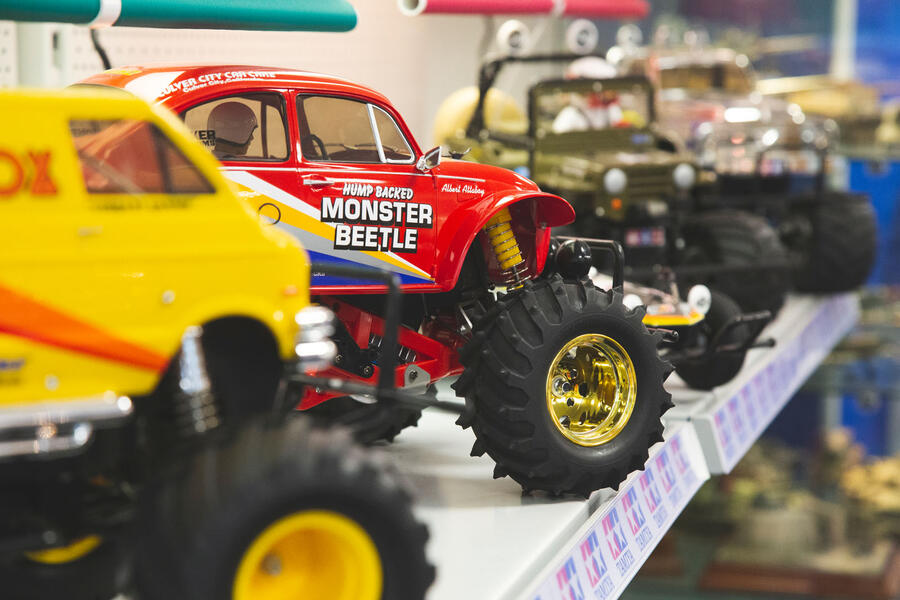
In the 1960s, Tamiya’s attention turned to the newfangled plastic kits and the company developed metal moulds to make them. Shunsaku Tamiya’s passion for making models never left him and, unusually for a company boss, he takes a hands-on approach, preferring to measure, study and document new subjects personally. Initially, Tamiya sold exclusively to the Japanese and Asian markets, but that would soon change.
In the UK, David Binger of toy wholesalers Richard Kohnstamm Ltd (which many will remember as RIKO) was on the lookout for new products that European sellers didn’t have. In 1966, he spotted some grey-import Tamiya kits while on a trip to the US and travelled to Japan to meet the young Shunsaku Tamiya and his father for the first time. That meeting marked the beginning of a long and successful relationship between the two firms and introduced Tamiya to the UK and Europe.
David’s son, Pete, is now managing director of Hobby Company Ltd, the current importer of Tamiya products. Shunsaku Tamiya would later write to him: “David passionately encouraged us to sell Tamiya goods in the United Kingdom… I was a sceptic about the idea back then, but eventually David’s courage and insight allowed our products to flow into the European market and led to establishing our brand worldwide.”
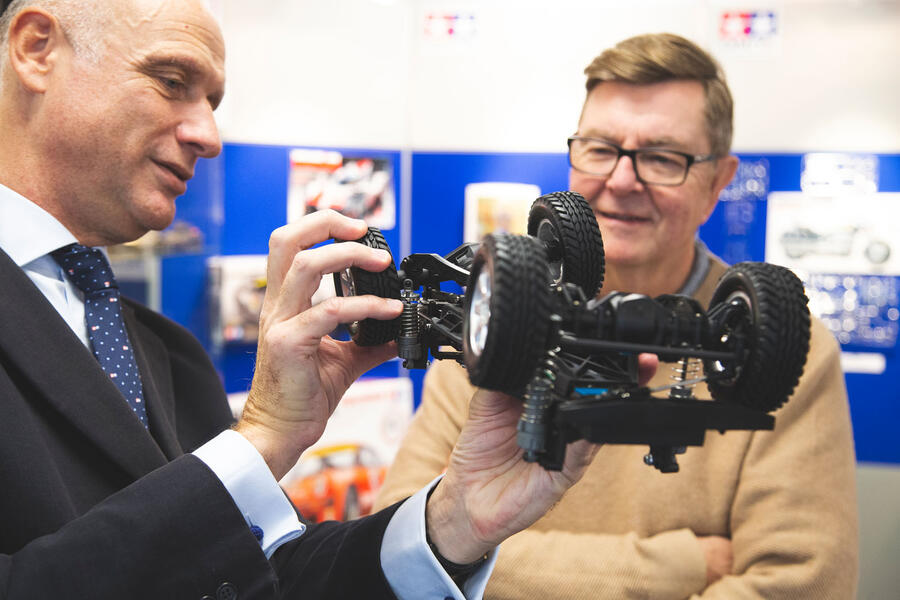
Binger takes up the story: “My father established an entire European network and managed it. He quickly established that the growth of sales was linked to expansion of the range.”
As the range grew, Tamiya plastic kits became renowned for quality and the almost excruciating detail with which they were modelled. Formula 1 was seen as a potentially big market, so Glynn Pearson, who worked with Binger senior, was dispatched to befriend all the F1 teams in the UK and gain licensing rights to model the cars. Some legendary model cars emerged, including the F1 Honda RA273, the Lotus 49 and the Lotus 72. “The Lotus 72 was a huge seller and put Tamiya on the map in the UK,” says Binger.
Binger describes Shunsaku Tamiya as “the ultimate archivist” with an eye for perfection and detail. “Other people looked at the cost-effectiveness of a project; he just looked at creating perfection, and still does to this day. He was always one for gathering his own reference material and was never satisfied with being supplied photographs and information. He used to travel the world to study and photograph new subjects himself.”
In the more rustic days of F1, engines were repaired instead of replaced, and the welded-up sump of one subject Tamiya used as a reference duly appeared on the finished model. Military tanks are a passion of Shunsaku Tamiya’s. He once crawled into the tiny gap beneath a German Panzer to photograph the underbelly details at the US Army Ordnance Museum, and he once burned the midnight oil at the Bovington Tank Museum photographing every detail of a Tiger tank. To make an accurate model of the Porsche 911, Tamiya bought a full-size car that was dismantled in-house to scrutinise every detail. Nobody at Tamiya had the expertise to reassemble it afterwards, so bemused technicians were called in from Porsche Japan to do the job.
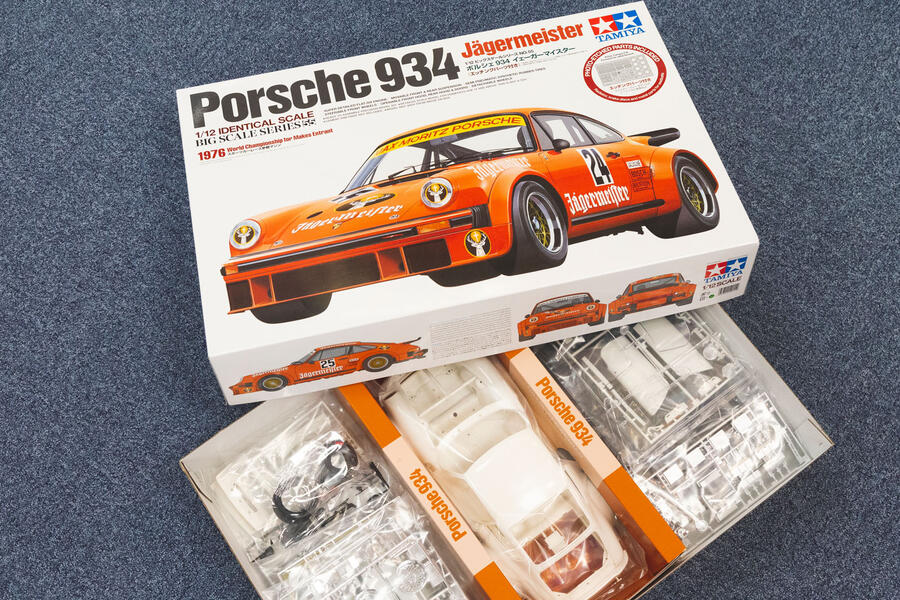
Tamiya moved from static into radio-controlled models almost by chance. One lunchtime, Shunsaku Tamiya noticed one of his designers, Fumito Taki, driving an electric radio-controlled car around. He’d fitted a battery-electric drive to a Tamiya F1 car kit, and the result was just what the boss had been looking for. The company’s first radio-controlled model had been a Sherman tank in 1974 and, inspired by Taki’s efforts, the first car, a Porsche 934 in 1976. The scale body of the Porsche was based on a plastic kit that had received critical acclaim but not great commercial success. The Porsche was the first in the R/C world to have a scale body, but there was room for improvement. The body was too fragile for an R/C car and the dry non-rechargeable batteries limited in performance and life. That didn’t stop the R/C version being a smash hit, though, and more robust one-piece bodies for R/C cars followed. Many of the purpose-built R/C cars that followed in the 1970s and 1980s went on to become icons which fired the enthusiasm of budding car nuts.
One such icon was the Sand Scorcher, a 1/10th replica of a Baja Bug that, says Binger, really set Tamiya on its way. It was the first real off-road R/C car with an accurate Baja-based chassis, sealed gearbox and oil-filled differential and one-piece ABS body. After being discontinued for a time, the icons were reintroduced, so now grown-up kids who were unable to afford them back then can fill their boots.
A model apprenticeship
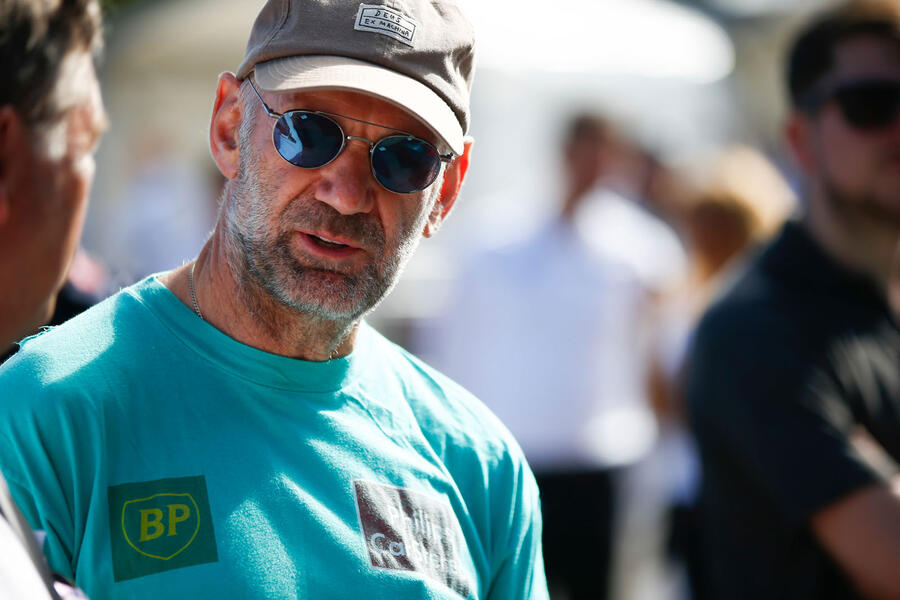
Everybody starts somewhere and, in the case of legendary F1 designer Adrian Newey, it was a Tamiya Honda RA273 V12 F1 kit.
“My dad was a vet but maintained his own cars and was a keen hobbyist,” he says. “When I was nine I built my first model, the Tamiya Honda F1 car, and my dad helped me. The second one was a Lotus 49 and that was probably a bigger influence. I found it incredibly useful because the parts were all labelled, like ‘front upright’ or ‘upper wishbone’, so I learned the terminology. As I built the models, I learned how F1 cars were assembled. The models have all the same components: engine, monocoque, gearbox and so on.
“Because the suspension and steering moves, it teaches you how the suspension articulates and how it all works. From the age of about 11, I started sketching my own designs and making them in Dad’s workshop. I’d make cars out of folded-up bits of aluminium and laminated glassfibre, then cannibalised the Tamiya models for the bits I couldn’t make, like the engine and wheels. I was learning as I went along and it’s that age-old thing: to become expert in something, you need to spend at least 500 hours doing it – and, without realising it, that’s what I was doing.”
Tamiya's radio-controlled icons
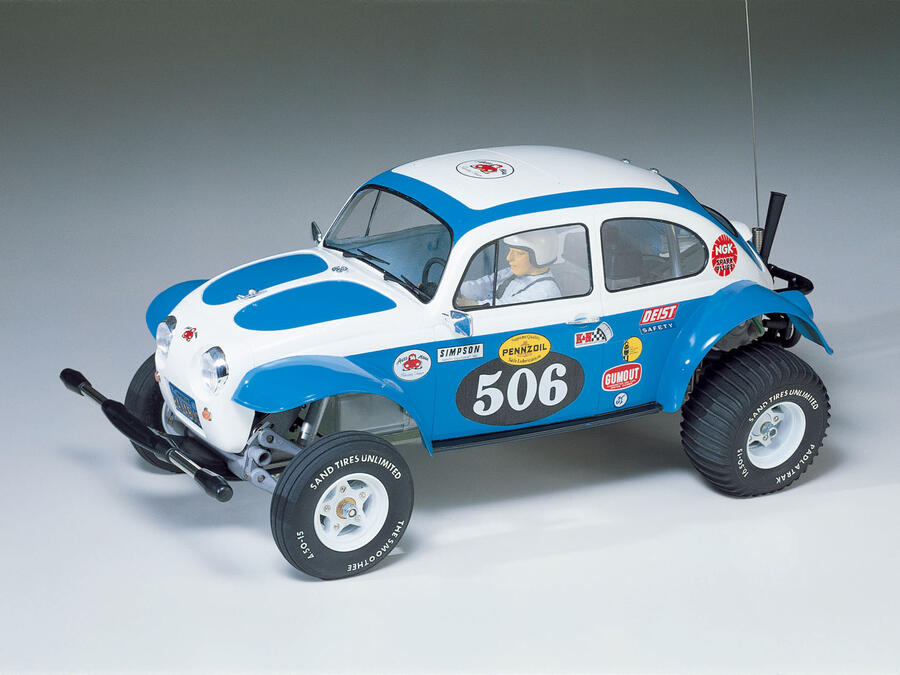
Sand Scorcher: Got the R/C ball rolling for Tamiya with an authentic 1/10th reproduction of the real thing. Funky yet technically intricate, even the swing-arm suspension echoes that of the original Volkswagen bug.
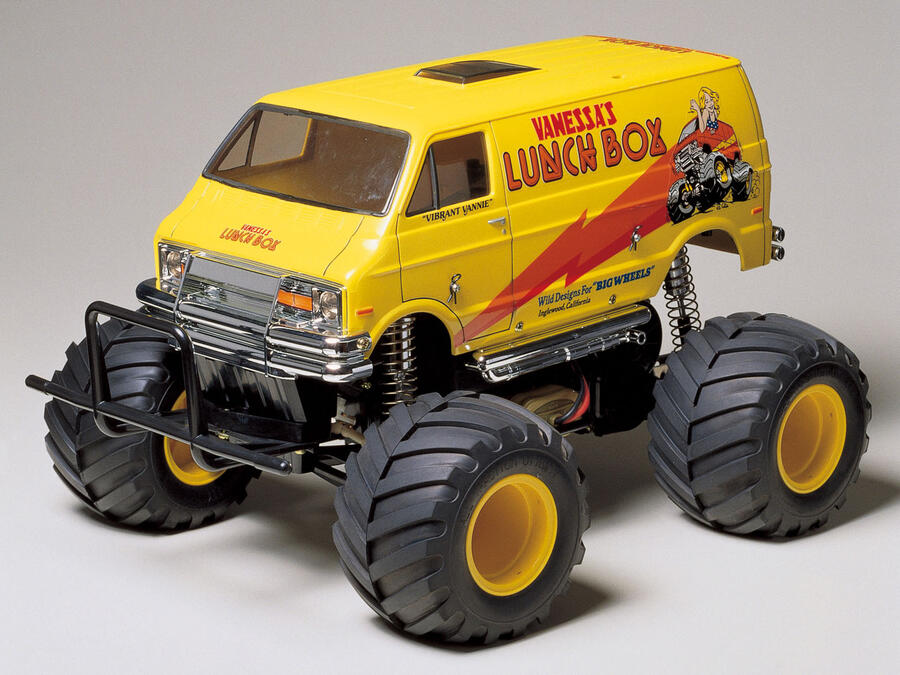
Lunchbox: Vans may not have been a thing in the UK in 1987 when the wacky Lunchbox was first launched, but it has been a hit ever since. Tinkering can include the fitting of constant volume adjustable – or CVA – dampers.
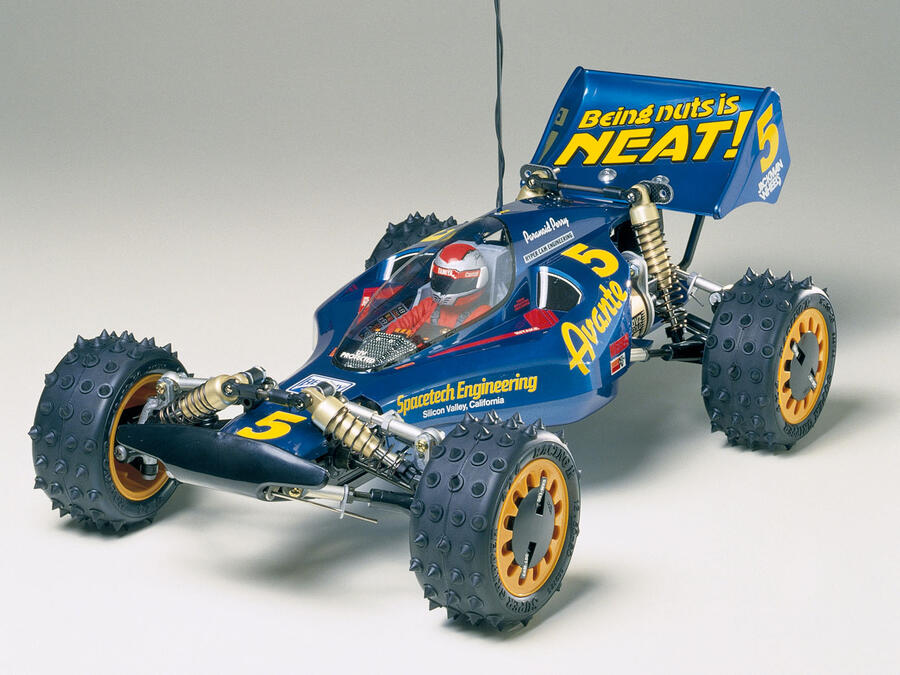
Avante: A bit more serious, this one. Not an entry-level kit, the Avante is designed for racing with a stiff aluminium and glassfibre construction. Suspension is adjustable for toe and camber and it has oil-filled adjustable shock absorbers.
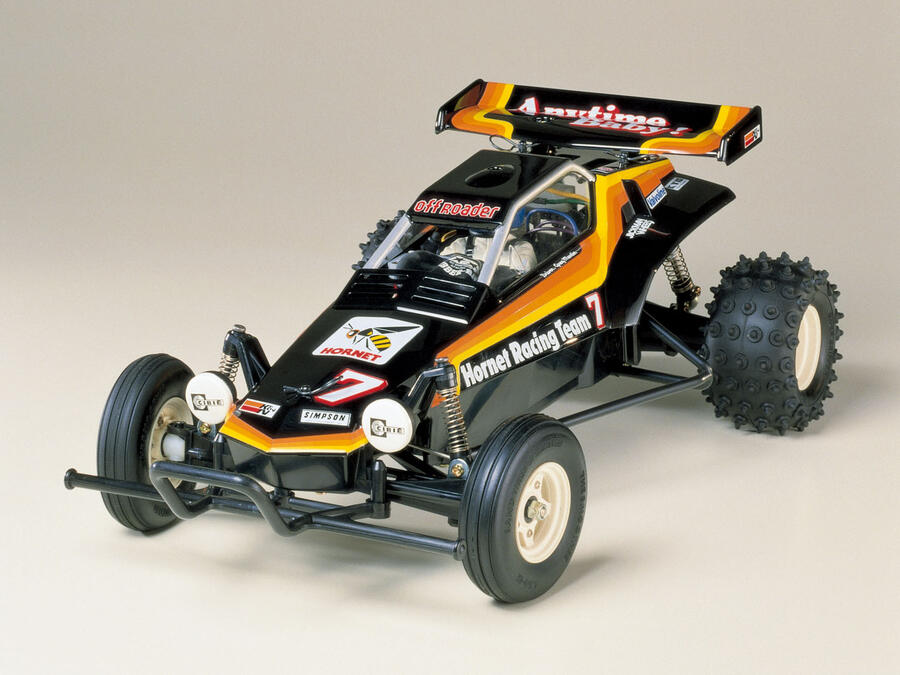
Hornet: The 1/10th Hornet is one of Tamiya’s most popular ever R/C cars and is credited with helping to kick off the two-wheel-drive off-road buggy craze when it was first launched back in 1984.
READ MORE
New Mercedes-AMG GLS 63 unveiled as 603bhp seven-seater
Mercedes-Benz could end discounts under new sales process
2020 Mercedes S-Class seen testing with less disguise

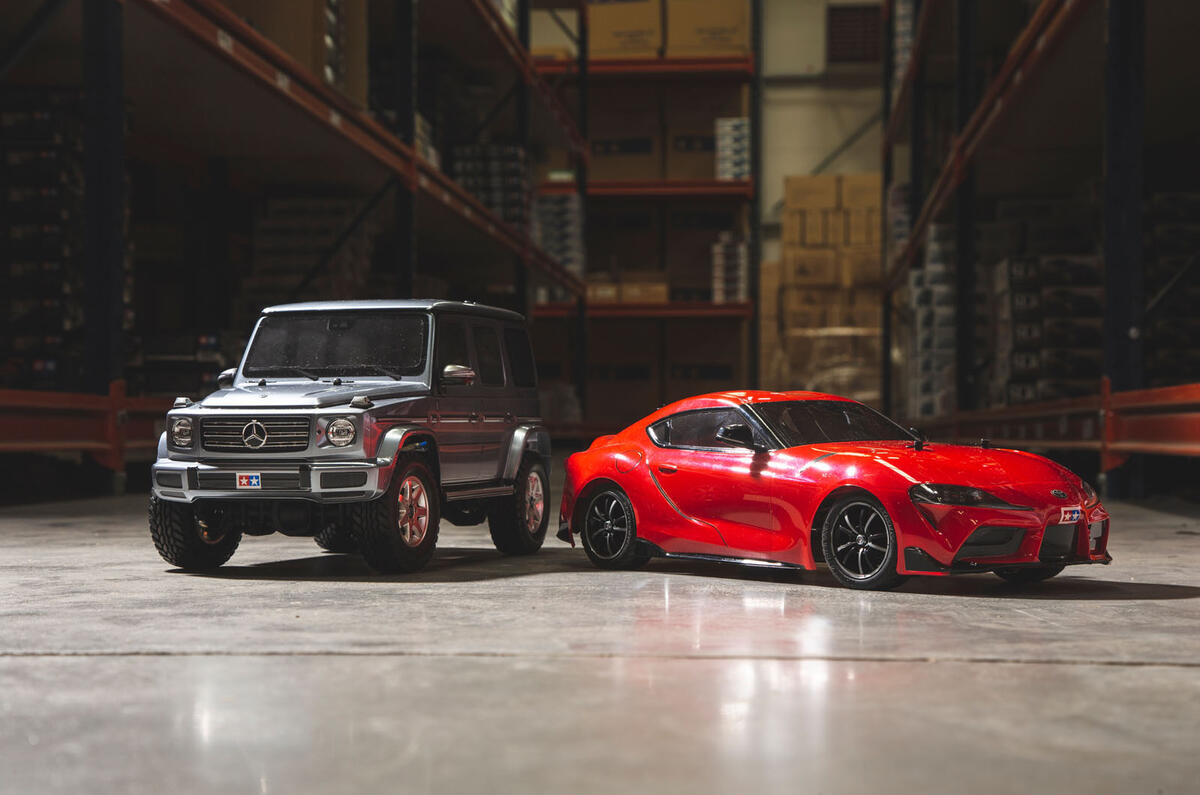
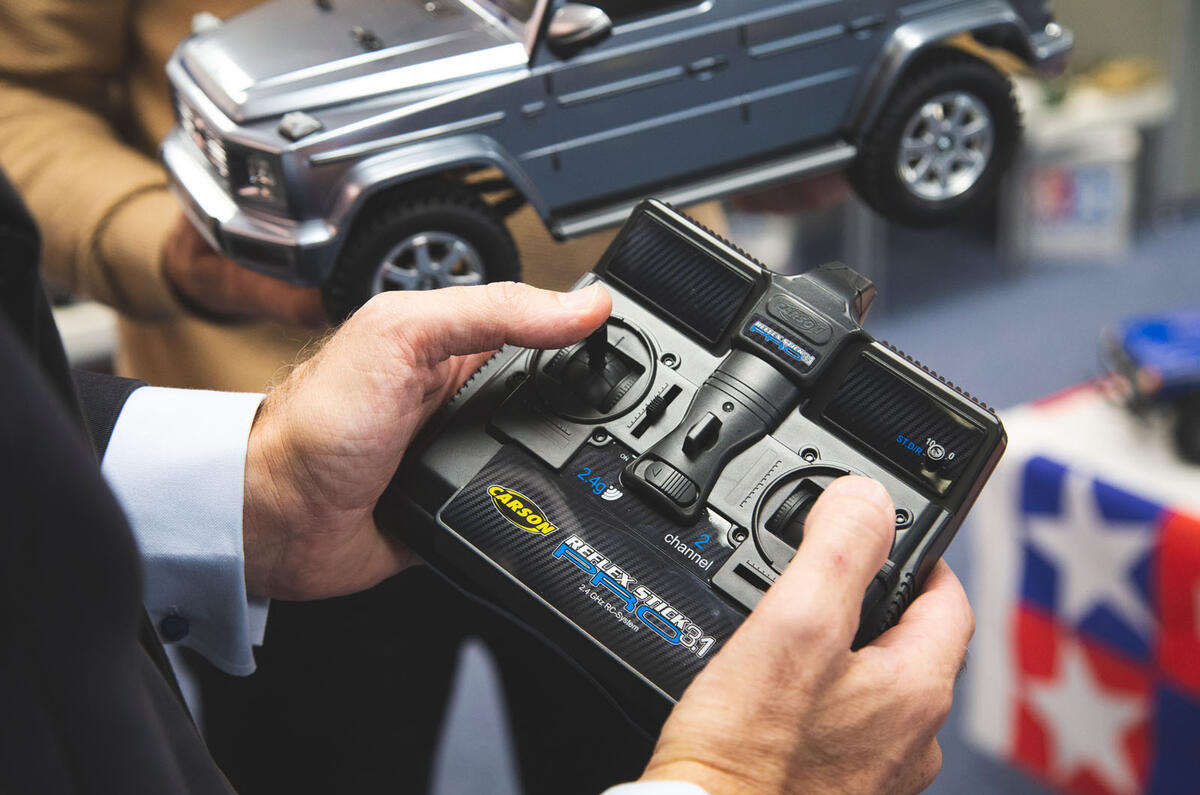




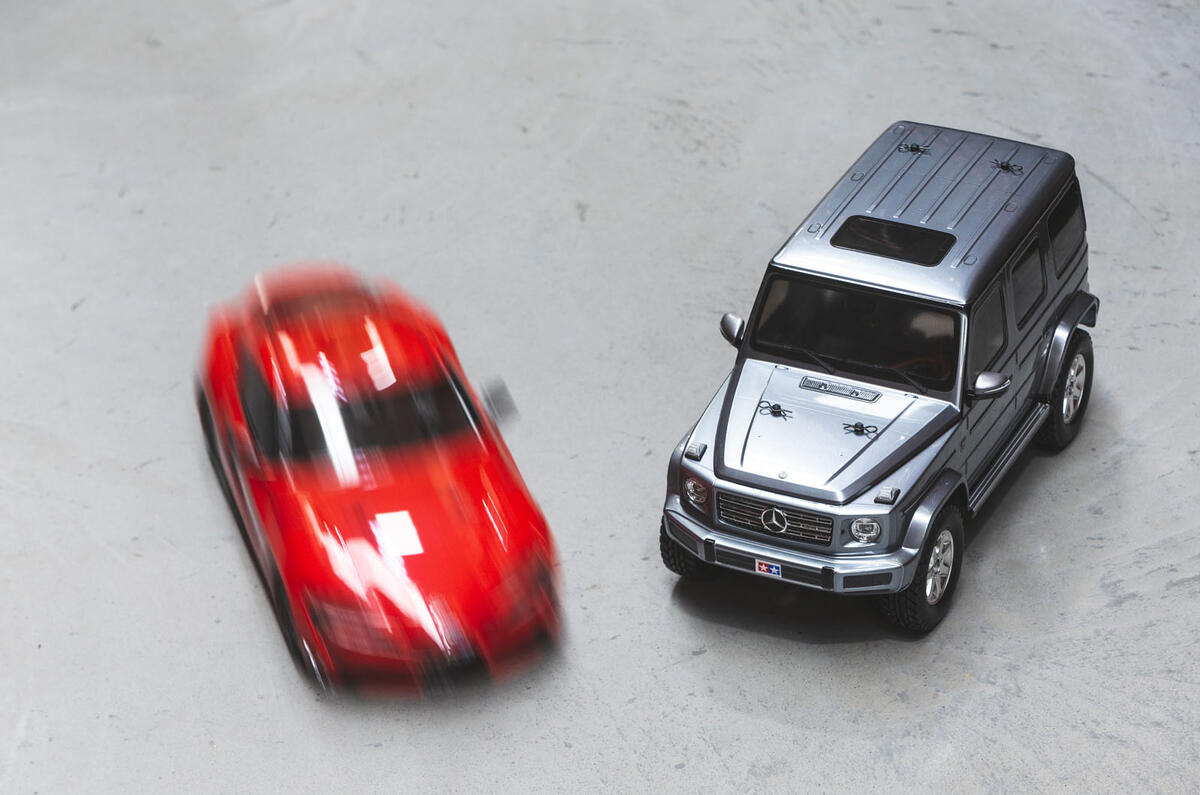
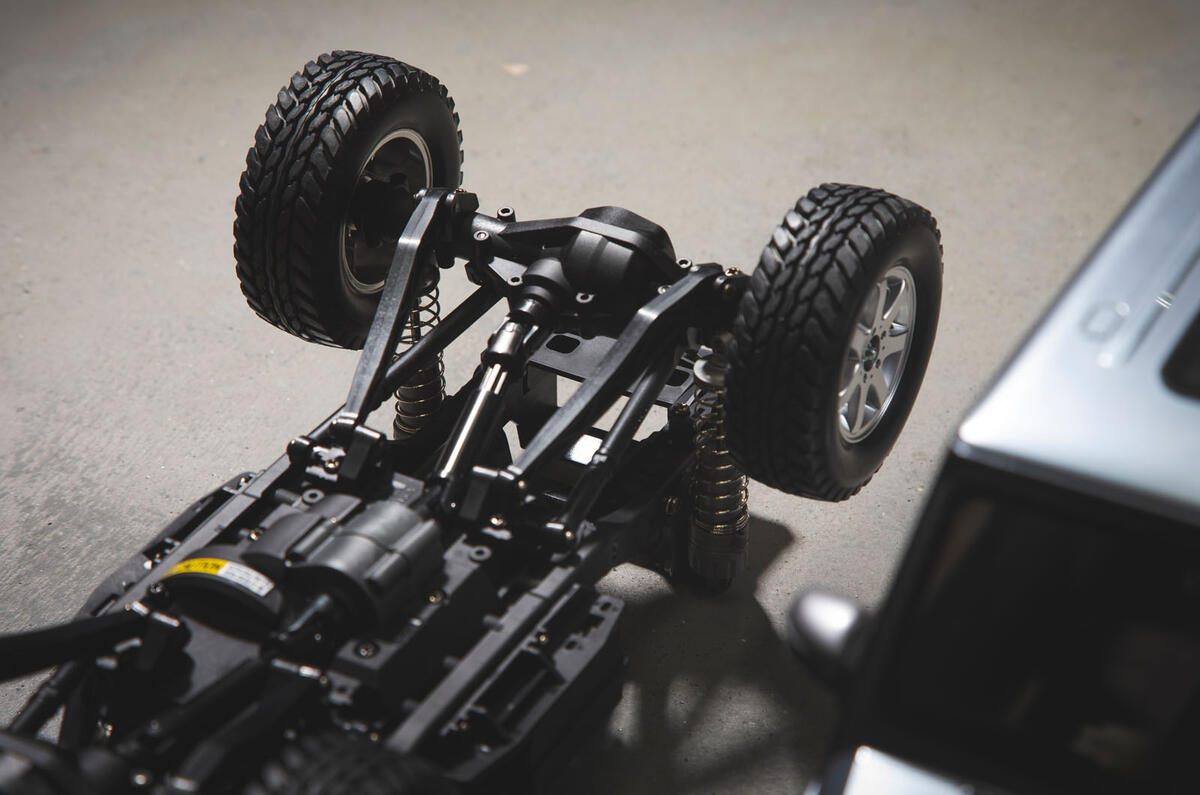


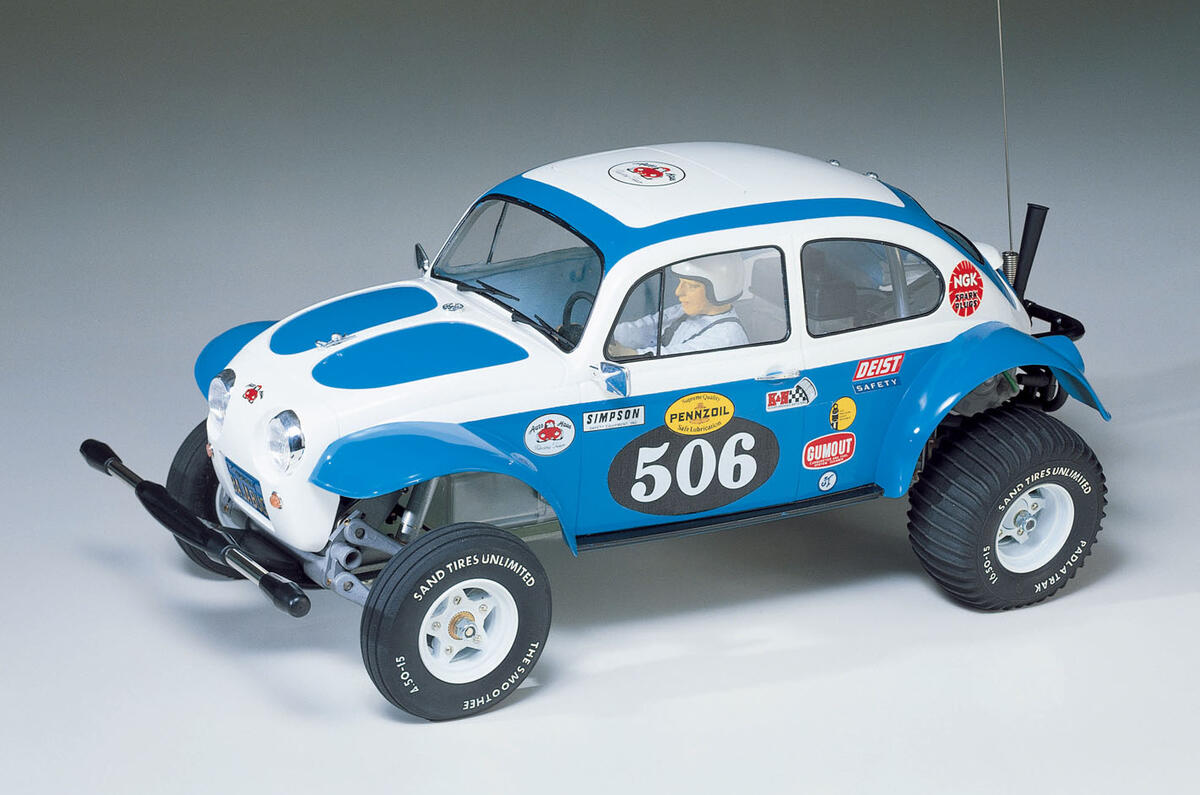
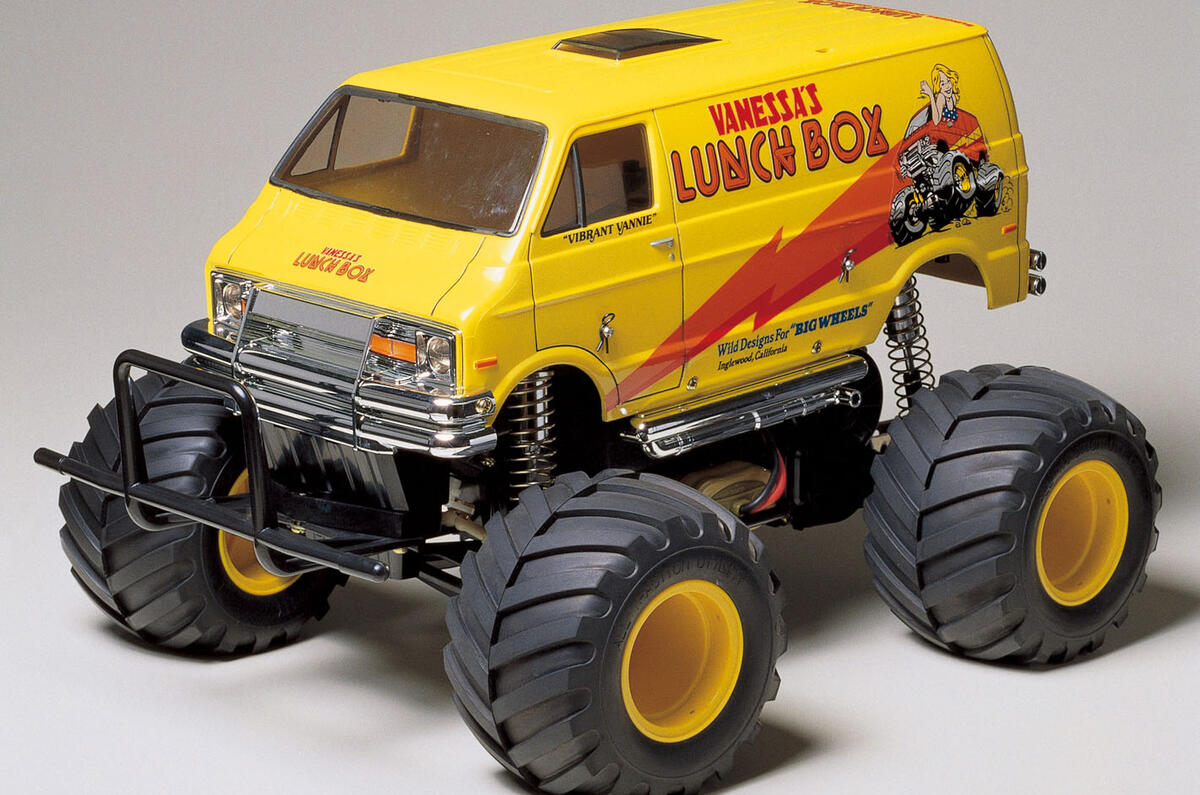
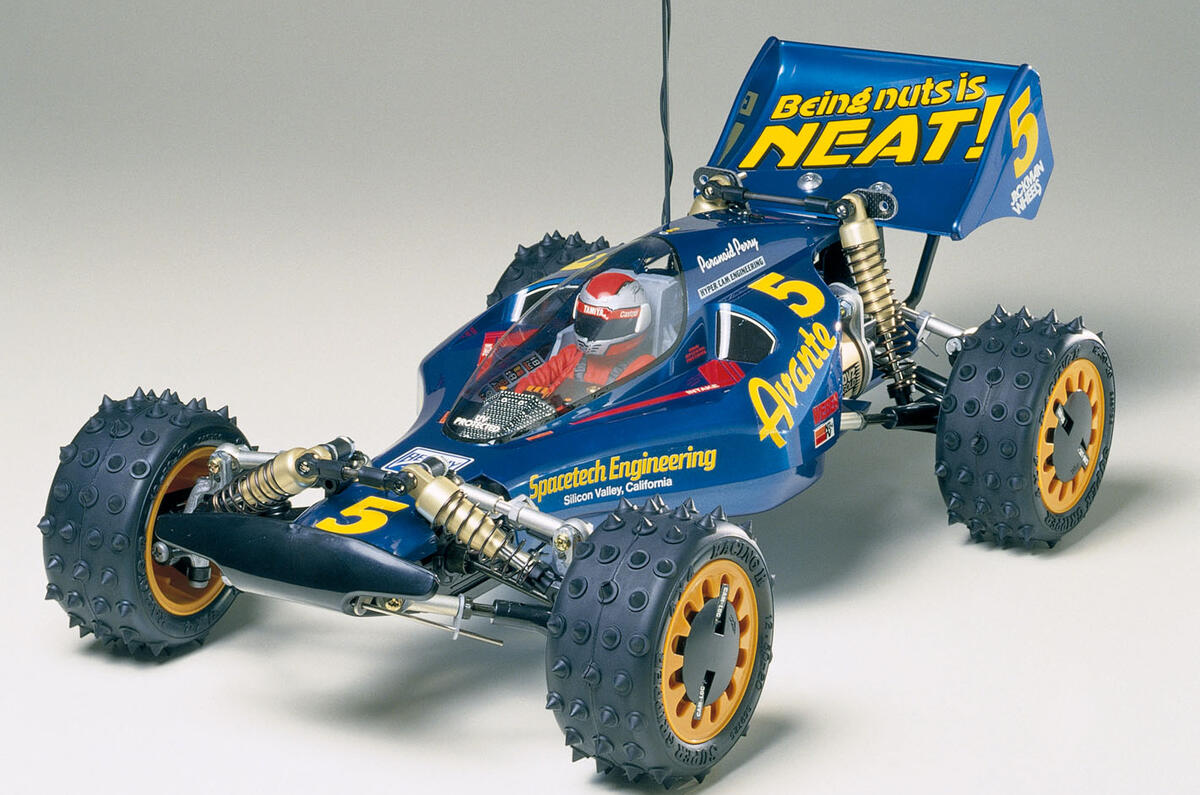
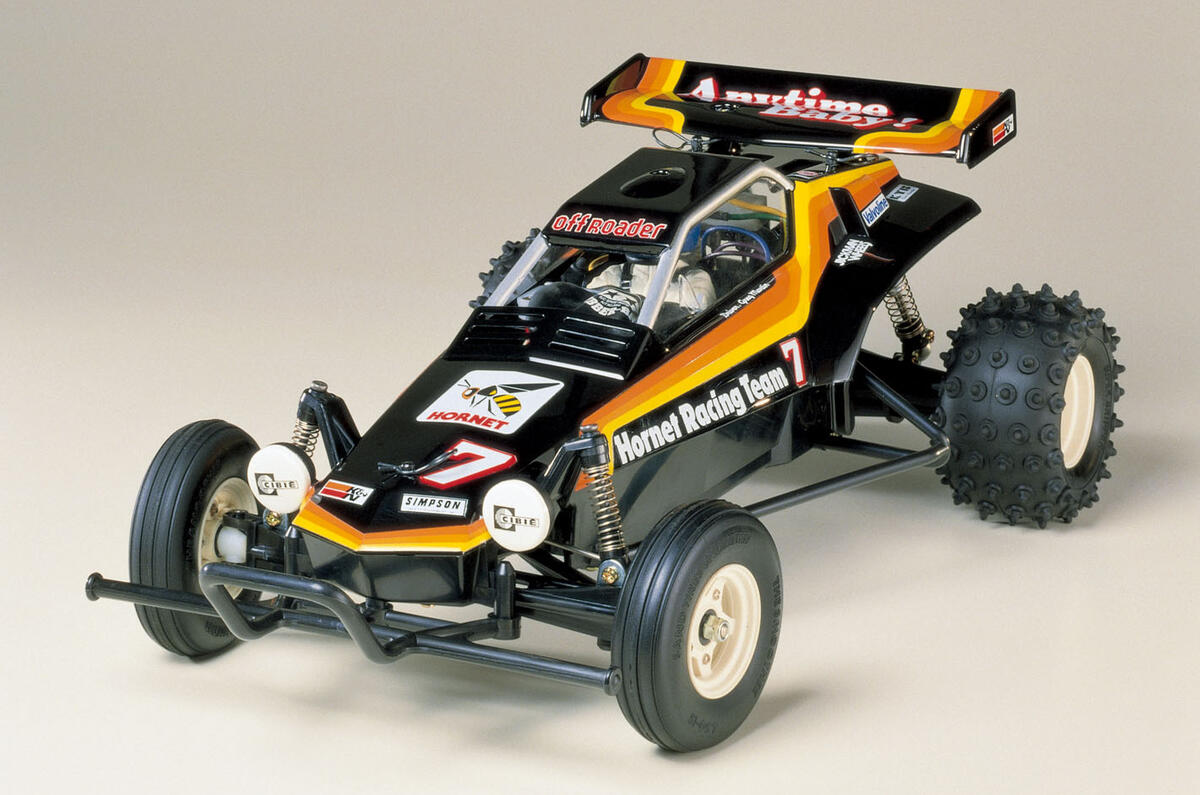

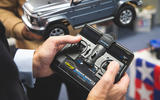
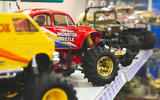
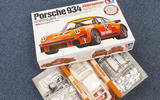
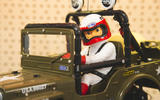
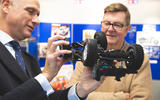

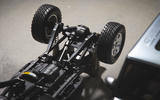
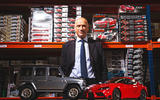
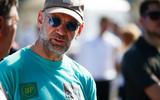
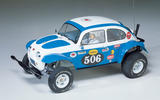
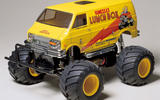
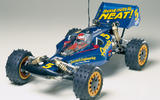
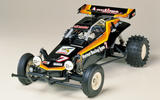


Join the debate
Add your comment
Lunchbox
Weve had great fun with the Lunchbox vans!
Still got my 80s Sand Rover
Great article. I knew there was a reason I kept checking in on the Autocar website, I don’t really do modern econo box’s.
Currently planning to build a tribute to the monster beetle but using a real “New” Beetle.
Still got my 80s Sand Rover
Great article. I knew there was a reason I kept checking in on the Autocar website, I don’t really do modern econo box’s.
Currently planning to build a tribute to the monster beetle but using a real “New” Beetle.